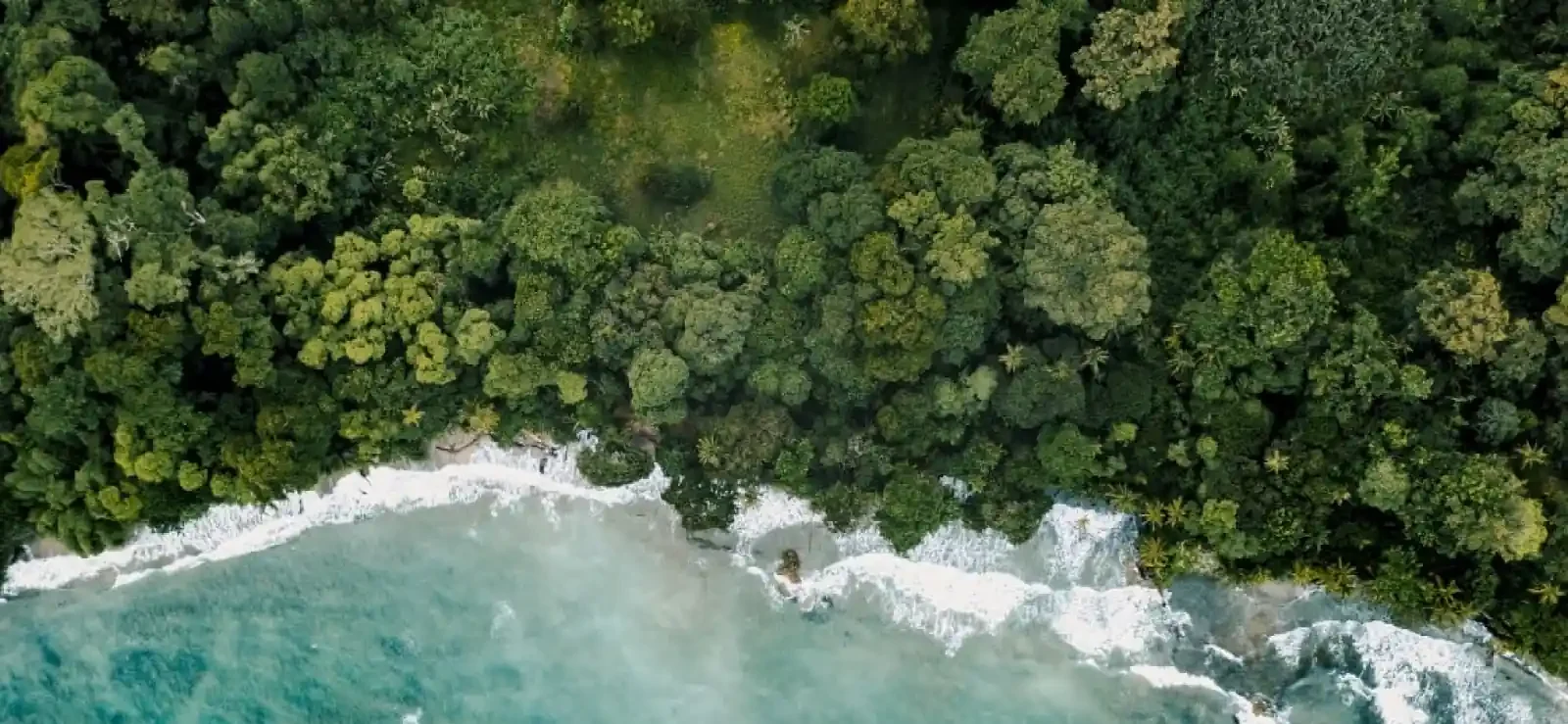Published on: August 5th, 2019
Last updated: June 12th, 2024
Russia is the world’s largest country but for whatever reason, many tourists feel nervous about visiting it. There's no need to be scared of it though, as it really offers something for everyone. Whether you are interested in literature, culture, art, history, adventure or nature, the one thing I learned is that Russia has it all.
The seasons
I have been to Russia twice and both times I went in the winter. There are positives and negatives for travelling in the summer and the winter. As you can imagine, the winters can be cold – but that’s why they have vodka to warm you up! The positive about travelling in the winter is that you have a lot of the museums and main sites to yourselves. If you’re going for the museums, then winter is the perfect time to travel. It’s also the opera and ballet season, so you will be able to go to either the Bolshoi or Mariinsky.

In the summer, the weather is much warmer and the days can be very long. In June, you have the incredible White Nights Festival when the sun doesn’t set and there are operas and musical concerts throughout the city. It is also the perfect time to visit the gardens and fountains which are closed in the winter months, the most famous being Peterhof. The problem in the summer is the number of tourists, especially in St Petersburg given the cruise ships.

St Petersburg
I started my trip in St Petersburg, which is a wonderful place to start a trip in Russia. Russia is at a crossroads between the East and the West and this can be seen in the architecture, culture and personality of the people there. St Petersburg is very much its window to the West. Although Moscow is now the official capital, St Petersburg is definitely the cultural capital of the country. Peter the Great envisioned the city as competition to the great cities of Europe and a host of the very best architects and artists from Europe came to implement his vision. Many visitors come for the Hermitage and it is one of the best museums in the world. You could spend days visiting it but there are also the palaces, canals, history, churches and theatres.
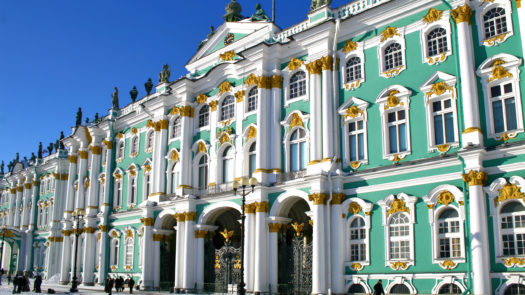
Russian hospitality
We are very spoilt in Europe that we have so much culture, beautiful architecture and history. However, the best way to really understand a place is to spend time with the locals. Russians on the street can seem colder. This isn’t Spain or Italy where you will end up having a full blown conversation with every person you meet even if you don’t speak the language. Once you enter into a home of a Russian family, you will immediately feel the warmth, friendliness and curiosity. I was lucky enough to spend time with guides with wonderful stories. One of them was related to the “Richard Gere” of Russian film and she gave me great insight into what it is like to be a celebrity during the Soviet Era.

I also went to dinner in a dacha. A dacha is one of the country-houses that was given to all families in the Soviet times who were happy to toil the land. It was such a pleasure speaking to a family about their lives, from Soviet times to the fall of the Iron Curtain and modern day Russia. It was such a pleasant evening and conversation flowed freely helped by shots of Vodka. Each time you have a shot of vodka you have to make a toast. By the end of the evening, the last toast made was to new found friends.

Russian culture & the capital
After St Petersburg, I took the high-speed Sapsam train to Moscow. This is such a comfortable way to travel between the cities and the journey can now be completed in around 4 hours. Although most people spend more time in St. Petersburg, I was really excited to explore Moscow. I studied the Cold War and the rise of Communism at university so there were lots of places that I wanted to see. Moscow was a huge surprise to me. There were so many interesting places to visit. You have to spend a full day exploring the Kremlin with its wonderful collection of Faberge eggs and Red Square. My local guide was able to give more context to Moscow’s place in Russian history from Tzarist times through the Soviet period to modern day Russia.
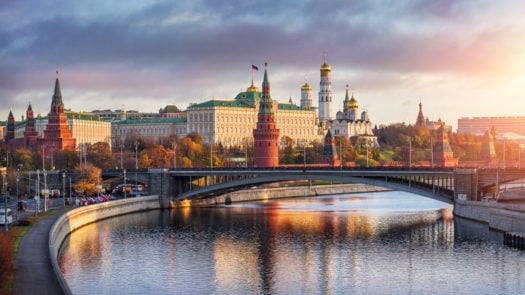
Any tour of Moscow has to include a trip on the metro system. It is certainly one of the most impressive underground systems in the world. It is full of frescoes, chandeliers and marble columns. No trip to Russia would be complete without seeing an opera or ballet. Both the Mariinsky in St Petersburg and the Bolshoi in Moscow are two of the most important theatres in the world. I was lucky enough to see a ballet in Moscow. The beauty of the dancers took my breath away. The following day I also did a tour of the theatre and I was able to go behind the scenes and was lucky enough to see the dancers with the director rehearsing for the next show and also see the seamstresses working on the dresses.
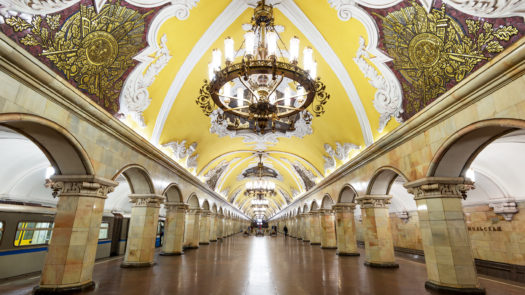
The banya
A big part of Russian free time is spent in the banya – the Russian equivalent of a sauna. Many Russians will have one in their home but there are also public bath houses as well. I went to Sanduny which is one of the most famous in the whole of Russia. It is the oldest banya in Russia and the interiors are worth seeing just for themselves. The main part are separated for male and females but they do have some private areas which can be taken for 2 or more people. It was very relaxing experience and my skin felt completely revitalised by the end of it. It was the perfect way to end a busy day sightseeing and walking around the city.

Siberia
After Moscow, I flew to Irkutsk in Siberia. It is a 7h overnight flight from Moscow but if you are coming from the US, you can also go via Japan, China or Korea as well. This is one of the main stops on the Trans-Siberian Express and the gateway to Lake Baikal. The town is famous for its typical wooden buildings from the 19th century. They have recently restored and rebuilt these wooden houses in a whole neighbourhood of the town. This is now one of the most vibrant areas of the city and the principle shopping street.

Siberia has been used as an area to exile political prisoners from Tsarist times. One of the most famous wooden houses in Irkutsk is the Decemberist Museum. This was the home of one of the young officers who advocated political reform and were the pioneers for the Russian Revolution. I had a guided tour of the museum with my wonderful guide. The house was a cultural hotspot of the area and one of the most famous pieces in the museum is the original piano. I was able to enjoy a private concert at the end of the tour on this very piano with operatic singers, all washed down with a glass of champagne. It felt like I had been transported back to the 1840s in the best way possible!

One of the main landmarks in the city is the bell tower. It sits opposite the Epiphany Cathedral and you have one of the best views of it from the top of the bell tower. I had a lovely time with the head bell ringer at the church. You could really feel his passion for this and he was able to explain how Russian bell ringing differs from European bells. I then had a small lesson to learn how to ring the bells myself. I think that I was a lost cause because no matter how hard he tried to help me, I just couldn’t get the hang of it. I may have a number of skills but I now know that bell ringing was definitely not one of them. It was great fun though!

After the bell ringing failure of my part, I tried my hand at something that I have more experience at: cooking and eating. I spent the evening in a local family’s house where I was welcomed as if they had known me all their life. We prepared pelmini (Russian dumplings) and I was then sent away to relax in their banya while the meal was prepared for me. I came back completely rejuvenated and there was a huge spread on the table. It had everything you could imagine including plini, pickled vegatables and of course homemade fruit vodka. It was such a wonderful evening that even though the host could not speak English, the whole time flowed so well with the help of our ever smiling guide.

Lake Baikal
The following day we travelled the 70km to the shores of Lake Baikal. There so many facts about this lake which blow your mind. It is the world’s largest body of freshwater and it has over 20% of the world’s unfrozen freshwater in it. The lake is home to many endemic species and there are small beings which clean the water making it so pure that you can see up to 40 meters into the lake. You can also drink straight from the water without any purification. There are two seasons for Lake Baikal: the height of winter or the summer. In the winter, the lake freezes over and you can do all manner of winter activities. In the summer, the area takes on a much different feel and it is a perfect area for hiking, boat trips and riding on the historic tracks of the Trans-Siberian railway route and the Circum-Baikal.
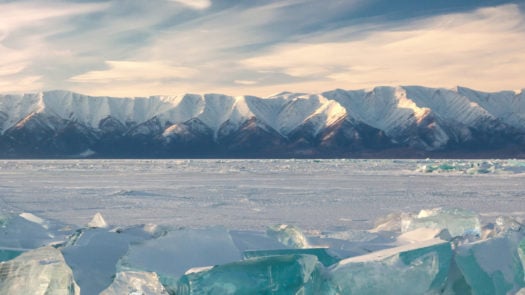
I went to the lake in the winter months and as I reached the shores, it was amazing to see this huge expanse of ice. Families were playing games on the ice as if it was the most normal thing in the world. I know immediately that I was going to love this place. I saw a pack of dogs getting excited on the ice and realised that was my ride for the morning. I have never been on a husky ride before and it was exhilarating skimming across the frozen water with the dogs running in front of me.

At the end of the husky ride, I could hear a fan getting louder and louder as a hovercraft came into view. I then knew that this weekend was going to be a lot of firsts. It was already the first time I had stood on a frozen lake – and not just any lake, but the world’s deepest one! Sliding across the frozen expanse hugging the shoreline with the tracks of the famous Trans-Siberian running to our side is something I’ll never forget.

After getting out of the hovercraft, we climbed onto the shoreline to get a closer look at the tunnels and tracks. It is an impressive feat of engineering, as the ground is very uneven and huge number of tunnels needed to be built. I would love to go back to ride the train as it borders the lake to really get a sense of how difficult it must have been to build the track there over a hundred years ago.

An epic ending
The experiences and firsts were not finished there though; I still had one form of transport to test out on the frozen waters. I got on my snowmobile to race right to the middle of the frozen lake. You could see where the ice had cracked during the day in the sun and then refrozen during the night, which left huge picturesque shards of ice butting out of the ground. Before the railway was built, the easiest way in the winter to cross the lake was to go right through the middle of it. They would lay tracks on top of the ice and transport goods straight across the lake. There was a station set up in the very centre, where travellers could grab a tea – or more likely a vodka to warm their bones!

The local community have recently restarted this station and you can now have dinner in the middle of a lake. I have to say that is definitely a first for me. It was such a unique experience to be stood in the middle of the ice without a soul around as the sun set. Our host was smoking the local fish, omul, while he served us shot after shot of Baikal vodka which is made with the water of the lake. It was the perfect end to my trip and helped me create memories that will last a lifetime.
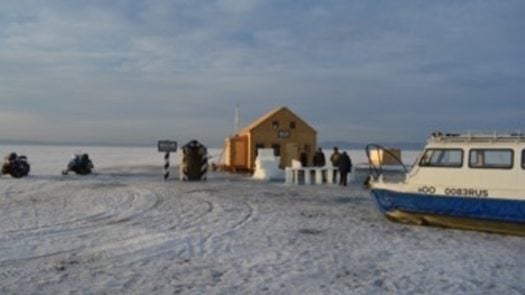
If you'd like to follow in Alex' footsteps, get in touch with one of our travel designers to plan your epic adventure through Russia.








